What is agroecology and why is it important ??
The world is in alert. Since the publication of the IPCC report it is unequivocal that human induced climate change will have radical implications for life on earth. An increase in natural disasters, climate induced refugee flows, food shortages, rising sea levels, depleted water resources and mass extinctions are just few examples on how climate change dramatically influences various sectors (IPCC, 2019).
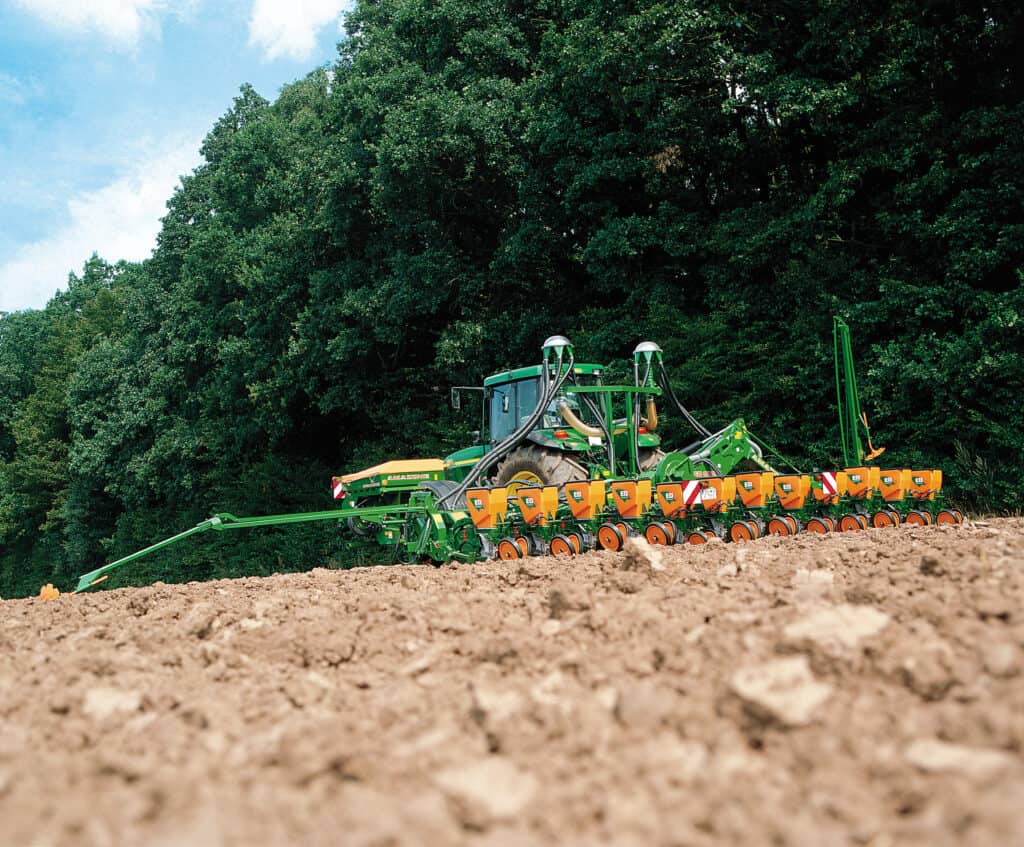
Food production and agricultural practices are the most land intensive, invasive practices on natural ecosystems , thus potentially the key factor to the existential crisis awaiting humankind (Gliessman, 2015). One approach addressing those issues and offering solutions is Agroecology. The difficulty of defining the term is that agroecology is not a clearly defined concept.
It can rather be seen as a paradigm shift in the understanding of agricultural practices and its influence in various dimensions.
In this essay we define Agroecology as a systemic approach comprised of a social movement, an ecological practice and interdisciplinary sciences addressing the issues arising from today’s agricultural challenges.
The main objective of this concept today is to improve ecological sustainability, appropriate use of local resources, considering existing socioeconomic conditions and using traditional knowledge to establish resilient agroecosystems (Altieri and Nicholis, 2005).
Here is a very brief and fiery definition by the FAO
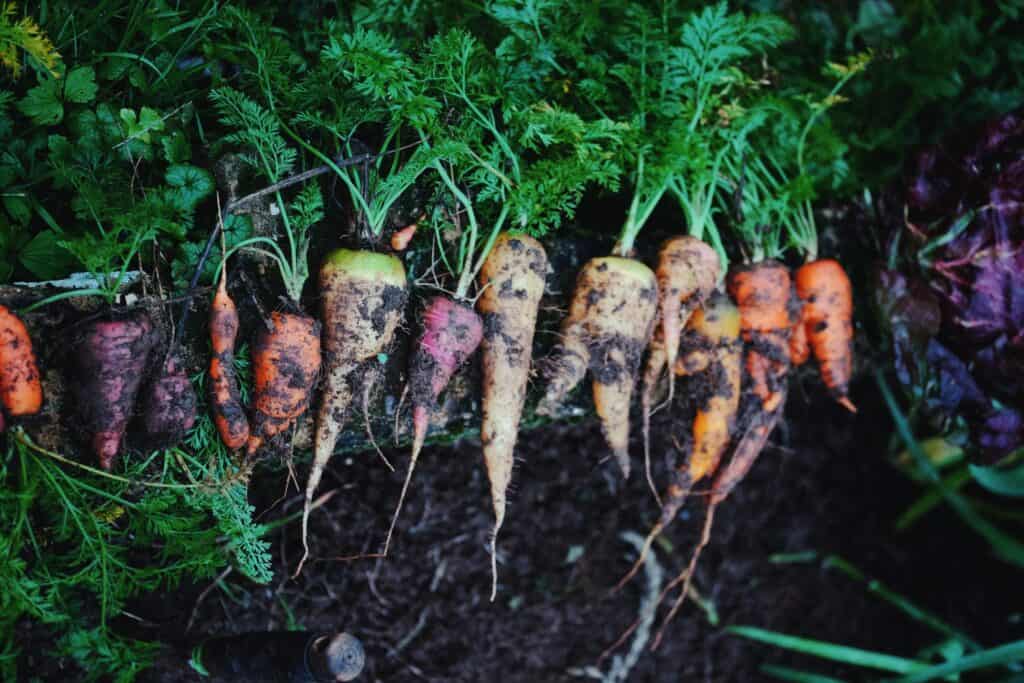
To gain a better understanding of the terminology, it is useful to review its initial establishment and current implementations.
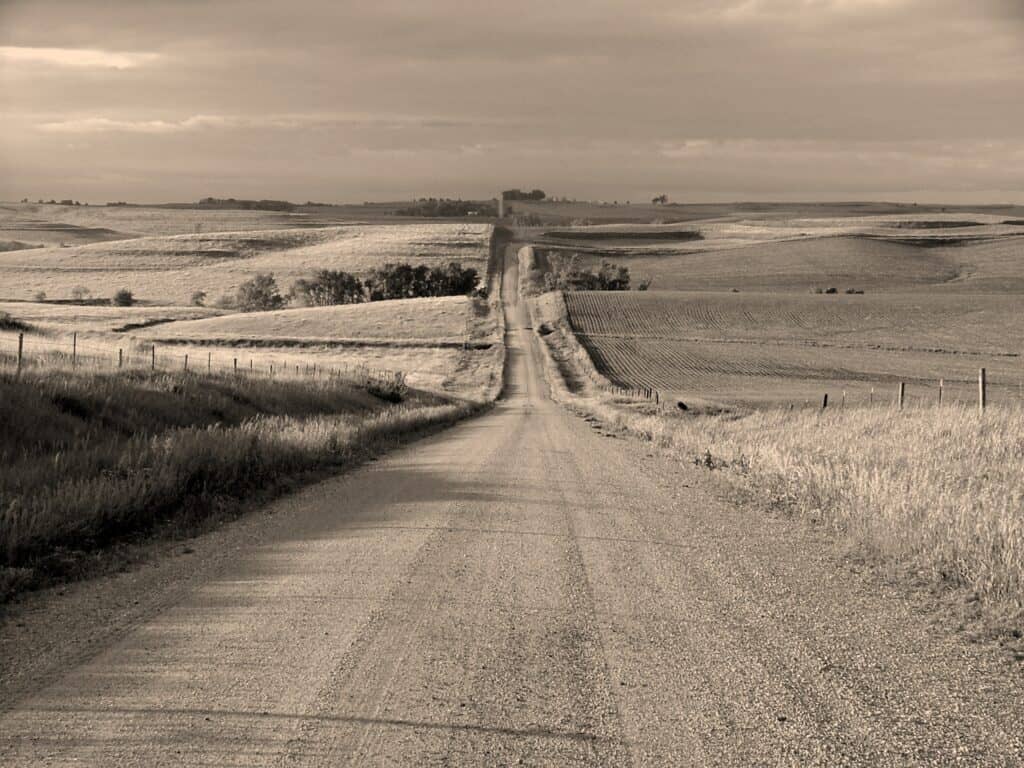
The history
A Science
A reconstruction of the development of the term and application of agroecology has been conducted by Wezel et, al. in 2009. Following this summary, the concept has initially been used by Basil Bensil in 1930 in the context of ecology and agricultural sciences. Numerous publications from scientists in natural sciences established agroecology as a scientific discipline combining ecology and agriculture. Until 1960, the term was solely used in the scientific framework.
A movement
As a response to the Green Revolution, Agroecology then emerged from a scientific discipline into a movement and a set of practices in 1970. Food production rapidly became high-input dependent, chemical intensive and widely non-resilient. As a reaction, organization, grassroot movements and farmers especially in Latin America and Brazil shaped the definition of it as a movement (Wezel et al., 2009).
A practice
These movements focused on traditional agricultural practices that embrace ecological principles, the use of regional resources and the inclusion of socio-economical factors. The establishment of those movements underpin the fact that agroecology follows mostly a bottom-up attitude, shifting the perception of agriculture by direct action and activism. Agroecology as a holistic ecological agricultural practice appeared in 1980. Those practices mainly focused on ecology, food sovereignty, autonomy, and bringing agricultural productions into global contexts.
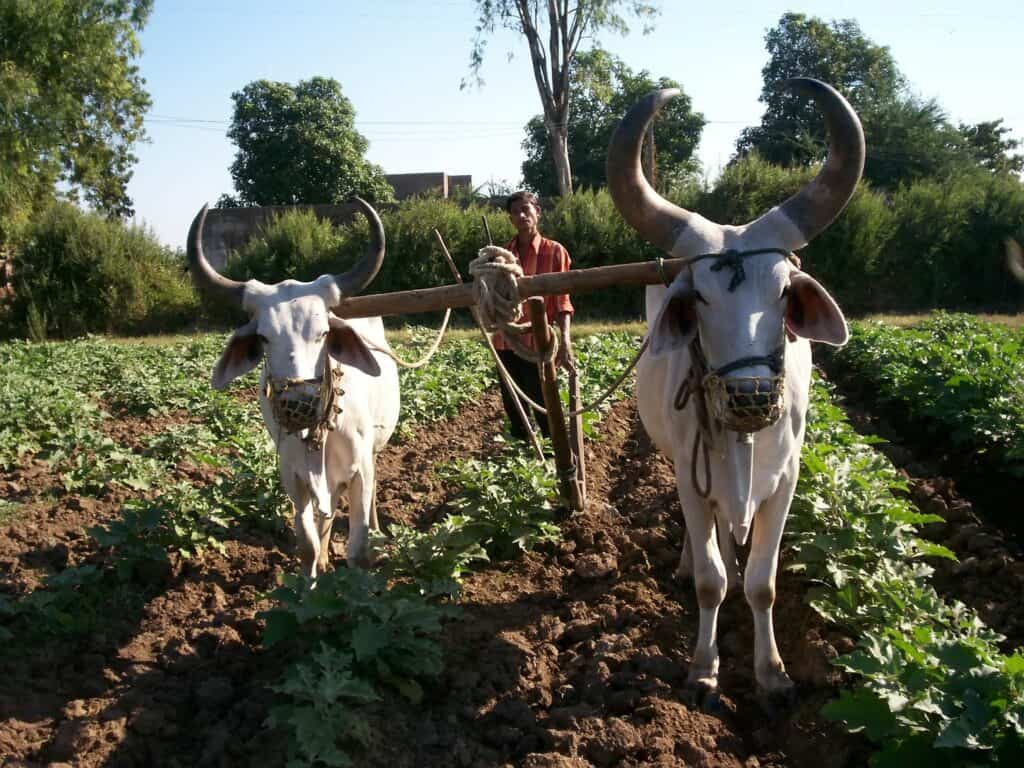
The goal
These developments result on three pillars that Agroecology is built on today. Namely science, movement, and practice, integrating ecological, social, and economic dimension (Wezel et al., 2009). A guide for the implementation of agricultural practices has been defined by Stephan R. Gliessman, one of the most important representatives of agroecology today. As for guidelines of the implementation of agroecology, he describes a five level successional development from an isolated farming entity to a global food system
“…based on equity, participation, and justice, that is not only sustainable but also helps restore and protect earth’s life-support systems“ (Gliessman, 2015, p.335).
Current examples
A current example of the implementation it as a movement is the global grassroot movement “La Via Campensina”. This movement unites farmers, activists and scientists from around the globe fighting for food sovereignty, climate and environmental justice, international solidarity, peasants rights, agroecology and peasant’s seeds and dignity for migrants and waged workers (Via Campesina, 2019). Regarding the current concerns, it is up for discussion if this is a potential momentum for agroecology. An indication for its potential is the latest inclusion of Agroecology into the agenda of the FAO and the emerging numbers of agroecology programs on universities around the globe. An implication of that is the recent consideration of agricultural practices as a key component to fulfilling the 17 sustainable development goals (SDGs) to transform our world (FAO, 2018).
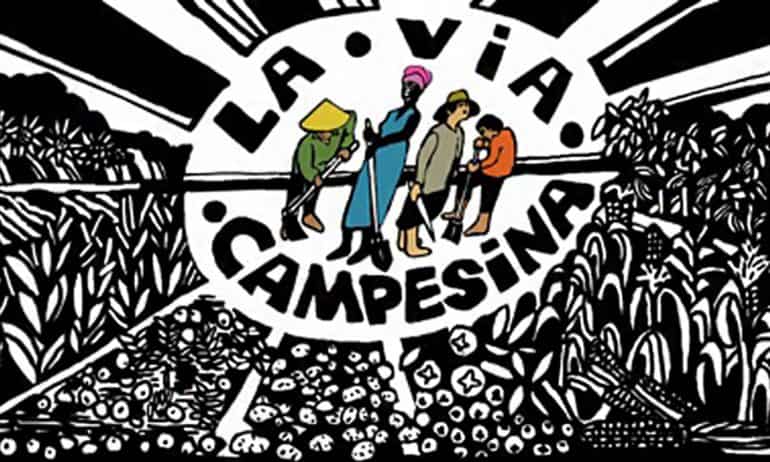
More ressources:
The Agroecology knowledge hub by the FAO
The Agroecology Association of Europe
Sources
Altieri, M.A. and Nicholis, C.I. (2005) Agroecology and the search for a truly sustainable agriculture. Mexico D.F., Mexico: United Nations Environmental Programme, Environmental Training Network for Latin America and the Caribbean.
Gliessman, S.R. (2015) Agroecology- The Ecology of Sustainable Food Systems. Third Edition. CRC Press.
FAO (2018) The Impact of Agroecology on the Achievement of the Sustainable Development Goals (SDGs) – An Integrated Scenario Analysis – | FAO (2018). Available at: http://www.fao.org/agroecology/database/detail/fr/c/1205773/ (Accessed: 8 September 2021).
Wezel, A. et al. (2009) ‘Agroecology as a science, a movement and a practice. A review’, Agronomy for Sustainable Development, 29(4), pp. 503–515. doi:10.1051/agro/2009004.
La Via Campensina (2019) What are we fighting for?: Via Campesina English. Available at: https://viacampesina.org/en/what-are-we-fighting-for/ (Accessed: 9 September 2021).







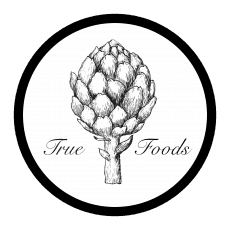
Thnx